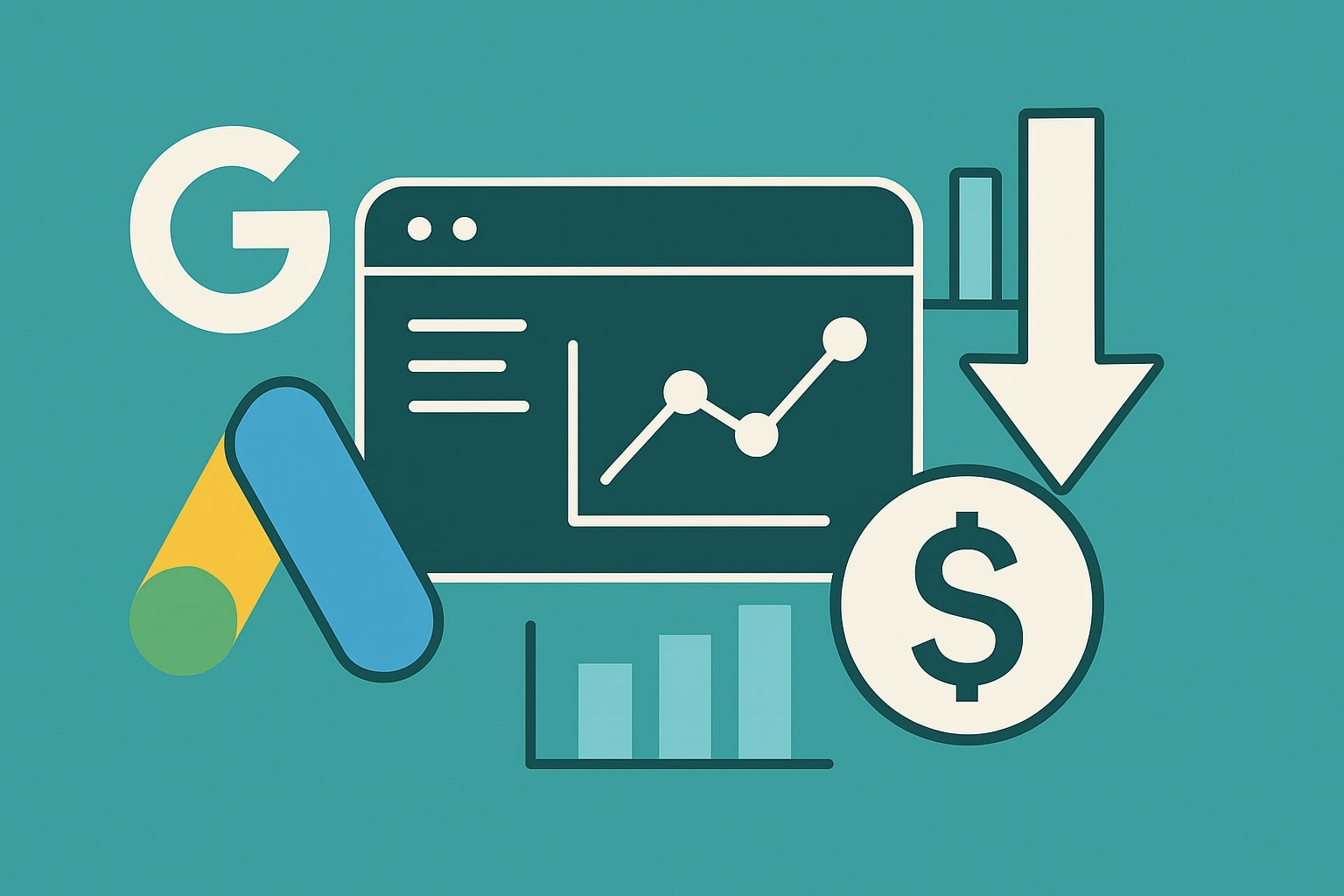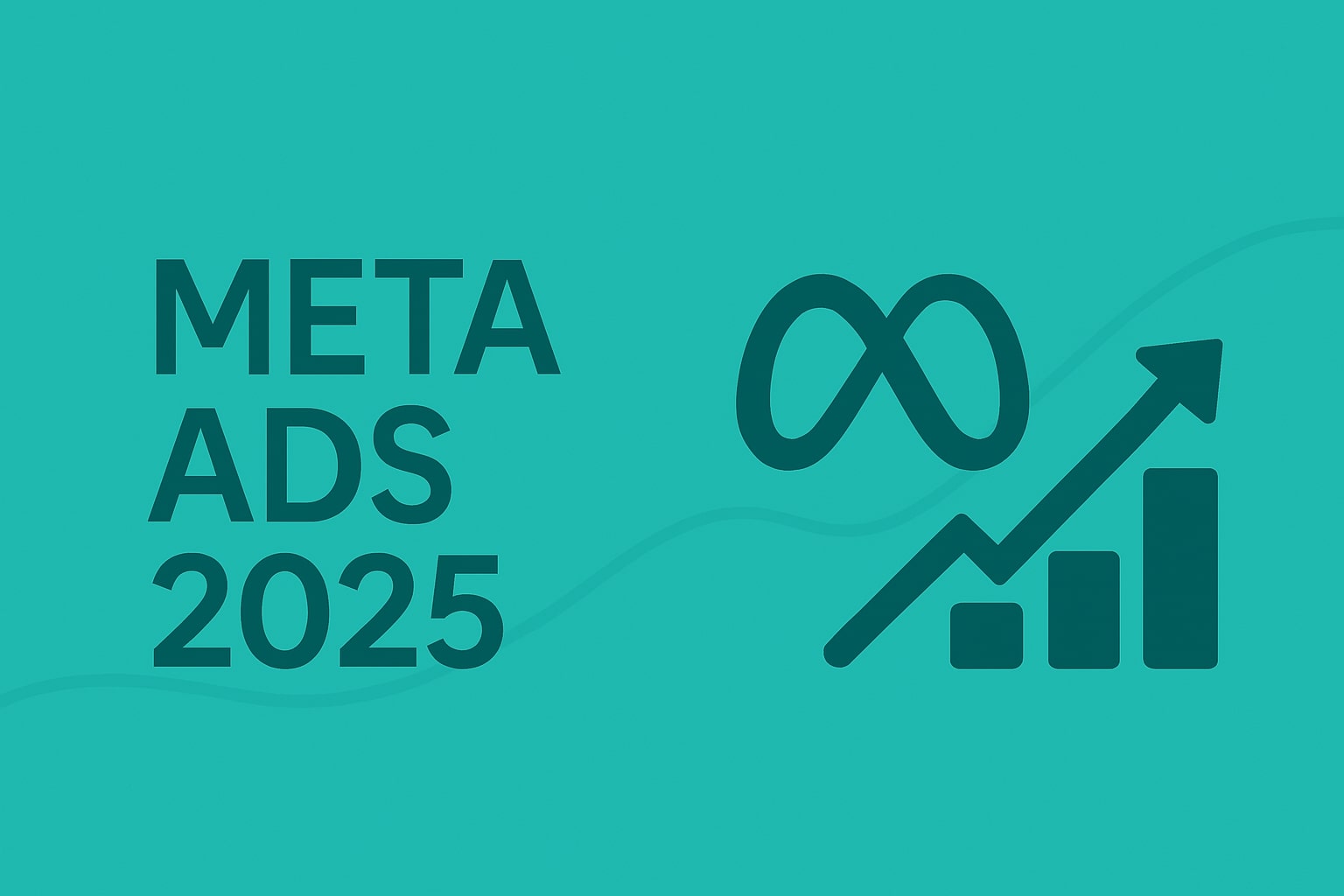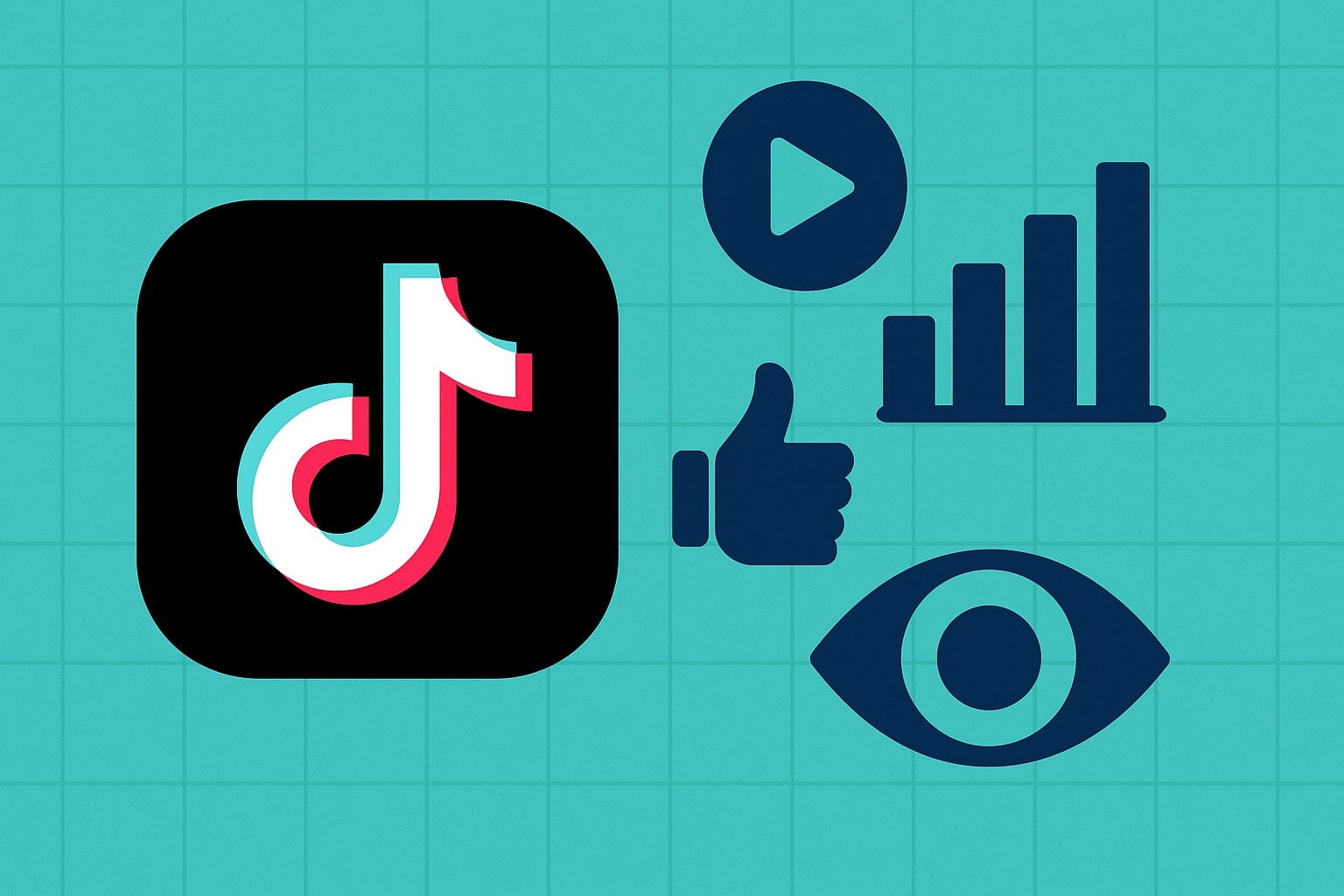In today's competitive digital landscape, reducing customer acquisition costs (CAC) while maintaining or increasing conversion volume is the holy grail of performance marketing. With Google Ads costs rising across industries, optimizing your campaigns for efficiency has never been more critical.
The Rising Cost of Customer Acquisition
According to recent industry data, Google Ads cost-per-click (CPC) has increased by an average of 14% year-over-year across industries. For competitive sectors like finance, insurance, and legal, the increases have been even more dramatic—often exceeding 25%.
Google Ads CPC Increases by Industry (2024-2025)
| Industry | Average CPC (2024) | Average CPC (2025) | YoY Increase |
|---|---|---|---|
| SaaS/Technology | $3.80 | $4.52 | +19% |
| Financial Services | $5.28 | $6.87 | +30% |
| E-commerce | $1.16 | $1.31 | +13% |
| Healthcare | $2.62 | $3.14 | +20% |
This cost inflation means that the optimization techniques that worked a few years ago are no longer sufficient. Marketers need to implement more sophisticated strategies to maintain profitable customer acquisition costs.
"The most successful Google Ads campaigns in 2025 aren't just about bidding strategy or keyword selection—they're about leveraging AI, audience insights, and conversion path optimization to dramatically improve efficiency."
7 Advanced Optimization Techniques for Lower CAC
Based on our work with clients across industries, we've identified seven optimization techniques that consistently deliver significant reductions in customer acquisition costs.
1. AI-Powered Bidding with Custom Signals
While most advertisers have adopted Google's automated bidding strategies, few are fully leveraging the power of custom signals to enhance these algorithms.
Custom Signals for Enhanced Bidding
- First-Party Data Integration - Feed your CRM data into Google Ads to help the algorithm identify high-value prospects
- Offline Conversion Tracking - Connect offline sales data to optimize for true business outcomes
- Customer Lifetime Value - Optimize for long-term value rather than just initial conversion
- Propensity Scoring - Use predictive models to bid higher on users most likely to convert
- Seasonal Adjustments - Proactively adjust bidding based on historical performance patterns
By enriching Google's AI with these custom signals, our clients have seen CAC reductions of 15-25% compared to standard automated bidding implementations.
2. Advanced Keyword Refinement Beyond Search Terms Reports
Traditional keyword optimization based on search terms reports is no longer sufficient in today's competitive landscape.
Advanced Keyword Optimization Techniques
| Technique | Implementation | Impact |
|---|---|---|
| N-gram Analysis | Identify high/low performing word combinations | +18% CTR, -12% CPC |
| Intent Clustering | Group keywords by user intent, not just theme | +22% Conversion Rate |
| Query Categorization | Segment search terms by funnel stage | -20% CAC for bottom-funnel |
| Competitive Intelligence | Analyze competitor keyword strategies | +15% Impression Share |
By implementing these advanced keyword refinement techniques, our clients have achieved 20-30% improvements in keyword efficiency.
3. Audience Exclusion Strategies
While most advertisers focus on which audiences to target, equally important is identifying which audiences to exclude.
High-Impact Audience Exclusions
- Low-Value Customer Segments - Exclude users with historically low LTV or high service costs
- Frequent Cart Abandoners - Identify and exclude chronic window-shoppers
- Competitor Loyalists - Avoid wasting budget on users unlikely to switch
- Price-Sensitive Segments - For premium products, exclude users who consistently seek discounts
- Geographic Micro-Segments - Exclude specific neighborhoods with poor performance
By implementing these audience exclusion strategies, our clients have seen CAC reductions of 20-35% while maintaining or increasing overall conversion volume.
4. Optimize Landing Page Experience with Dynamic Personalization
The post-click experience has become a critical factor in CAC optimization. In 2025, leading advertisers are implementing dynamic landing page personalization based on user intent signals.
Landing Page Personalization Framework
- Intent Mapping - Match landing page content to search query intent
- Dynamic Content - Adapt headlines, images, and CTAs based on user segment
- Continuous Testing - Implement multivariate testing across all page elements
- Load Speed Optimization - Ensure sub-2-second loading for all personalized elements
- Conversion Path Analysis - Optimize the entire post-click journey, not just the landing page
Advertisers with sophisticated landing page personalization are seeing conversion rate improvements of 30-45%, directly translating to lower acquisition costs.
5. Implement In-Market Audience Layering with Custom Intent
Google's in-market audiences have evolved significantly in recent years. The most effective approach in 2025 combines these audiences with custom intent signals for precision targeting.
Audience Layering Strategy
| Audience Layer | Purpose | Bid Adjustment |
|---|---|---|
| In-Market + Custom Intent | High-intent users with specific interest signals | +30-40% |
| Similar Audiences + Website Visitors | Prospecting with higher likelihood to convert | +15-25% |
| Remarketing + In-Market | Previous visitors actively researching | +40-50% |
| Custom Intent + Life Events | Users in transitional periods with specific needs | +20-30% |
This layered approach allows you to identify users with the highest purchase intent, focusing your budget on prospects most likely to convert at the lowest cost.
6. Leverage AI for Creative Optimization
Creative optimization has been transformed by AI in recent years. In 2025, the most sophisticated advertisers are using AI not just for testing but for continuous creative generation and optimization.
AI-Powered Creative Optimization

- Multivariate Testing - Test hundreds of creative combinations simultaneously
- Dynamic Content Generation - Create personalized ad content at scale
- Performance Prediction - Forecast CTR and conversion rates before deployment
- Competitive Analysis - Analyze and adapt to competitor creative strategies
- Continuous Optimization - Automatically refine messaging based on performance data
Advertisers leveraging AI for creative optimization are seeing 25-40% improvements in click-through rates and conversion rates, directly impacting CAC.
7. Implement Advanced Bid Adjustments with External Data
The most sophisticated Google Ads optimization in 2025 incorporates external data sources to inform bid adjustments in real-time.
External Data Integration for Bidding
- Weather Data - Adjust bids for weather-sensitive products (+15-20% efficiency)
- Economic Indicators - Modify strategies based on local economic conditions
- Competitive Intelligence - Respond to competitor promotional activities
- Industry Events - Capitalize on industry conferences and announcements
- Supply Chain Data - Align advertising with inventory and fulfillment capacity
"The future of Google Ads optimization isn't just about the data within the platform—it's about connecting external business intelligence to your bidding strategy."
Advertisers implementing advanced bid adjustments with external data are seeing 15-25% improvements in campaign efficiency.
Case Study: How We Reduced CAC by 38% for an eCommerce Brand
One of our clients, a direct-to-consumer beauty brand in the skincare space, was struggling with rising acquisition costs on Google Ads. Their CAC had increased by 42% year-over-year, threatening their unit economics and growth trajectory.
Client Challenge
A D2C skincare brand was facing:
- 42% year-over-year increase in customer acquisition costs
- Declining conversion rates despite increased spending
- Poor quality of leads from certain campaign types
- Inefficient budget allocation across campaigns
- Inability to accurately measure true ROI from Google Ads
Our Approach
We implemented a comprehensive optimization strategy that included:
Implementation Strategy
- Data Integration - Connected CRM data to Google Ads for value-based bidding
- Audience Refinement - Implemented advanced exclusions for low-propensity prospects
- Landing Page Optimization - Created dynamic, personalized post-click experiences
- Creative Enhancement - Deployed AI-powered ad creation and testing
- Advanced Measurement - Implemented multi-touch attribution across channels
Results
Performance Impact
| Metric | Before | After | Change |
|---|---|---|---|
| Customer Acquisition Cost | $412 | $255 | -38% |
| Conversion Volume | 185/month | 229/month | +24% |
| 90-Day Customer Retention | 68% | 87% | +28% |
| Marketing ROI | 1.8x | 2.5x | +41% |
These improvements were achieved without increasing the overall advertising budget—simply by optimizing how the existing budget was allocated and leveraging Google's advanced capabilities more effectively.
Implementation Framework: A Step-by-Step Approach
Implementing these advanced optimization techniques requires a structured approach. Here's a framework to help you get started:
90-Day Implementation Roadmap
| Phase | Timeline | Key Activities |
|---|---|---|
| Assessment | Days 1-15 |
|
| Foundation | Days 16-30 |
|
| Implementation | Days 31-60 |
|
| Optimization | Days 61-90 |
|
Common Implementation Pitfalls
- Trying to implement everything at once - Start with 2-3 techniques that offer the highest potential impact
- Insufficient measurement infrastructure - Ensure proper tracking before implementing advanced strategies
- Lack of patience with AI learning - Allow automated systems sufficient time to optimize
- Siloed optimization - Consider cross-channel effects when optimizing Google Ads
- Neglecting creative elements - Even the best targeting and bidding can't overcome poor creative
Conclusion: The Future of Google Ads Optimization
As we move through 2025, the most successful Google Ads campaigns will be those that leverage advanced optimization techniques to reduce customer acquisition costs while maintaining or increasing conversion volume.
Key Takeaways
- Implement value-based bidding with custom business metrics to optimize for true business outcomes
- Use advanced audience strategies that focus equally on who to target and who to exclude
- Optimize the entire customer journey, not just the click
- Leverage AI for creative optimization and continuous improvement
- Integrate external data sources to inform your bidding strategy
By implementing these seven optimization techniques, you can achieve significant reductions in customer acquisition costs while maintaining or increasing conversion volume—creating a sustainable competitive advantage in an increasingly challenging digital landscape.
Ready to Lower Your Google Ads CAC?
Our Google Ads specialists can help you implement these optimization techniques to reduce your customer acquisition costs and improve campaign performance.
Get a Google Ads Audit

